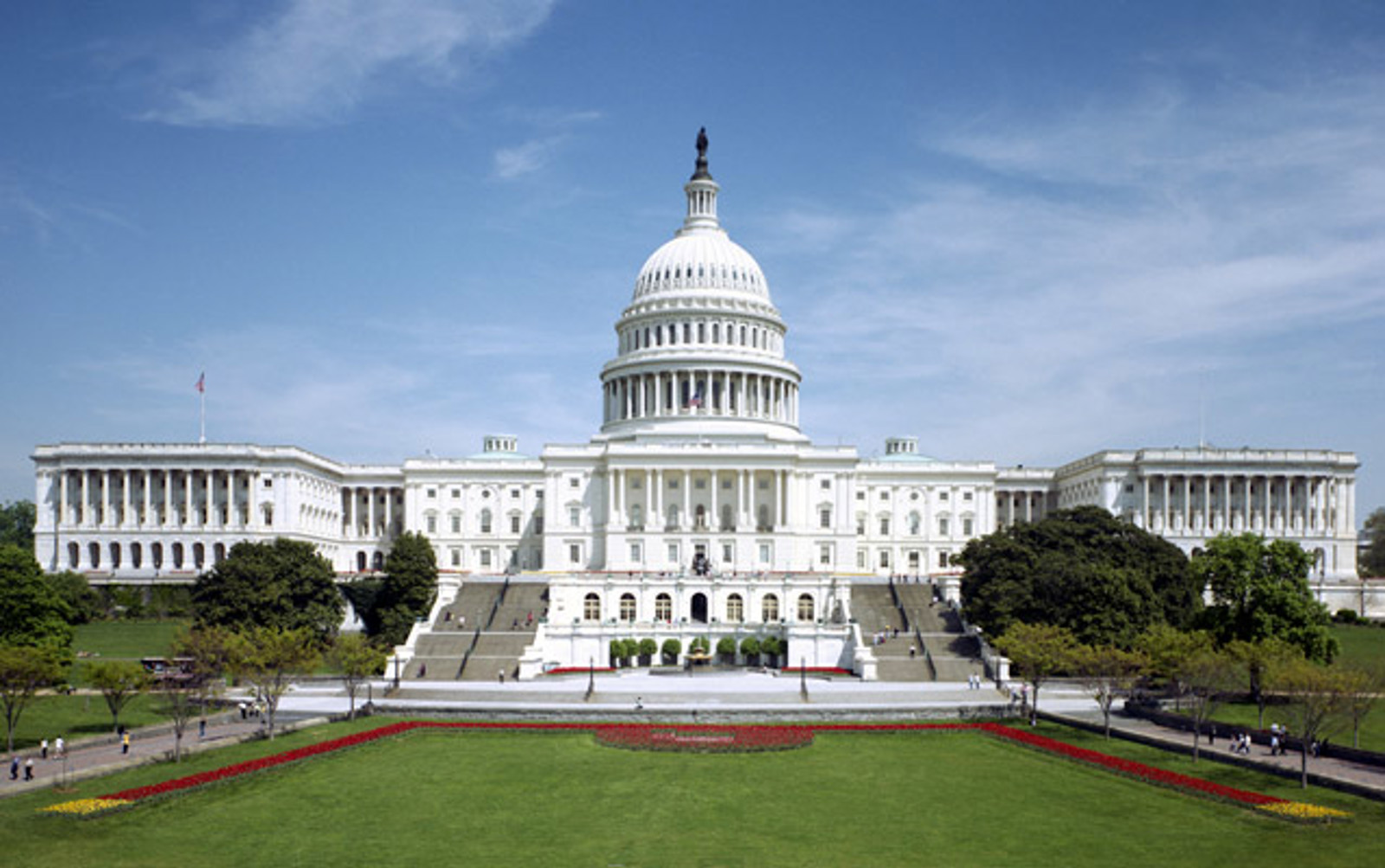October 09, 2020
Department of Education Issues Third Set of FAQs on CARES Act Funds
More than six months after passage of the CARES Act relief package, the Department of Education has still not answered all the questions it has received about how student and institutional funds can be used to address the impact of the pandemic on their campuses. Recently, the Department of Education published its third set of Frequently Asked Questions (FAQs) regarding the use of funds from the Higher Education Emergency Relief Fund (HEERF) in the CARES Act.
Highlights of the new FAQ are below, but college leaders should read the entire package carefully to ensure the details of any questions or concerns are addressed. Some of the issues covered in the FAQs may not seem new, as they have been articulated before.
Student Portion of Funds
In a letter to state higher education officers and other stakeholders, the Department announced that it is hosting a webinar to provide further information on the FAQs and the reporting requirements under the CARES Act. The webinar will be held on October 14, from 2:00-3:30 EDT.
Highlights of the new FAQ are below, but college leaders should read the entire package carefully to ensure the details of any questions or concerns are addressed. Some of the issues covered in the FAQs may not seem new, as they have been articulated before.
Student Portion of Funds
- Any student eligible to participate in Title IV federal student aid may receive an emergency financial aid grant from the student portion of funds, even if a student has met student aid limits (like a maximum Pell Grant or student loan limit). The emergency grants are intended to be provided in addition to federal student aid.
- If institutions gave non-Title IV eligible students an emergency grant funded by the student portion before the June 17 Interim Final Rule on student eligibility was published and in effect, the Department will not take enforcement action against that distribution.
- If an institution drew down the full amount of the student portion as soon as it was available, but has not been able to spend it as quickly as planned, the institution should refund the unused portion and draw down the funds again when it has a plan for the orderly distribution of funds.
- Student funds may not be used to reimburse housing fees.
- Institutional funds may be used to credit students for housing fees paid to the institution, or to pay students directly for housing fees paid to an outside entity.
- Institutional funds may be used to cover COVID-19-related purchases such as thermometers, cleaning supplies, supplies for sanitizing facilities, and non-permanent changes to facilities to ensure social distancing.
- Institutions may use the institutional portion for reimbursement for student refunds, including those provided as a student account credit.
- Institutions can reimburse themselves from the institutional portion to establish or expand a paid time off buyback program for affected employees, provided such changes are due to the “significant changes to the delivery of instruction due to the coronavirus.”
- The institutional portion may be used to upgrade computer systems to facilitate distance learning, but not on previously planned computer system upgrades.
- The institutional portion may not be used to reimburse loss of revenue. The Minority-Serving and FIPSE portions are allowed to be used for reimbursing loss of revenue.
- As grantees of funds, institutions are required to adhere to detailed reporting requirements that address both overall CARES Act requirements as well as those specific to HEERF. This is part of the Certification and Agreement signed to receive the funding.
- Institutions have one year from the date of their HEERF Grant Award Notification (GAN) to spend the funds. No-cost extensions may be granted for up to 12 months under certain conditions, but institutions should be in contact with their respective program officer well in advance of requesting such an extension.
- If a college received a Paycheck Protection Program (PPP) loan later in the lending process and has a phase during the COVID-19 period for which instructor salaries are not covered by the loan, the institutional portion of funds can be used to cover the relevant portion of those salaries if, for example, the institution reimbursed students for tuition during that time but continued to provide instruction or the institution hired additional instructors during the uncovered period to accommodate changes to the delivery of instruction due to coronavirus.
- Institutions must enter their amount already allocated under the CARES Act, including any amount from the previous allotment of funding from FIPSE, on their application to receive the competitive grant portion of funding in FIPSE. If the amount is not known at the point of application, they may leave the field blank.
- Institutions may use HEERF funds to hire an individual dedicated to work on COVID-19-related work, but the Department would not consider senior administrator and/or executive personnel costs to meet this standard.
- Institutions are generally not allowed to use HEERF funds to compensate existing senior or executive administrators regardless of their current salaries, even if their responsibilities have become predominantly related to addressing coronavirus issues on campus. There may be some limited allowances for use of general funds under the 18004(a)(2) or (a)(3) awards under the CARES Act.
- CARES funds may be used for pre-award costs for up to 90 calendar days prior to when the Department made the award, but in no case prior to March 13, 2020 (the declaration of the national emergency).
In a letter to state higher education officers and other stakeholders, the Department announced that it is hosting a webinar to provide further information on the FAQs and the reporting requirements under the CARES Act. The webinar will be held on October 14, from 2:00-3:30 EDT.
For more information, please contact:
Stephanie Giesecke

